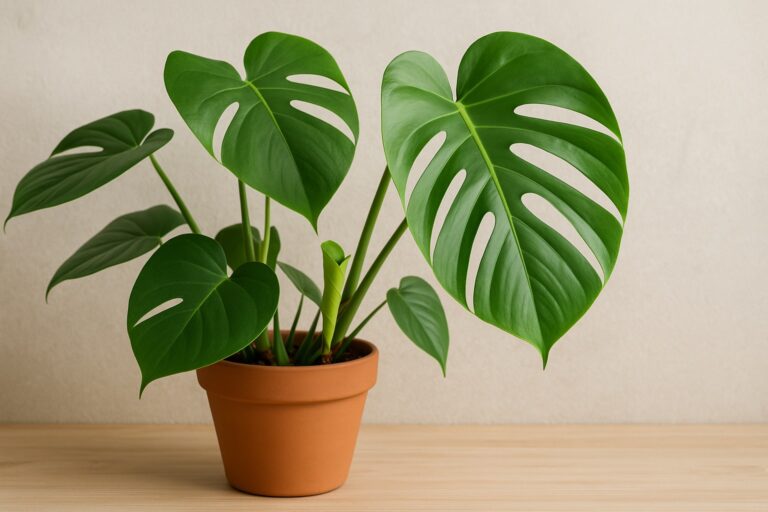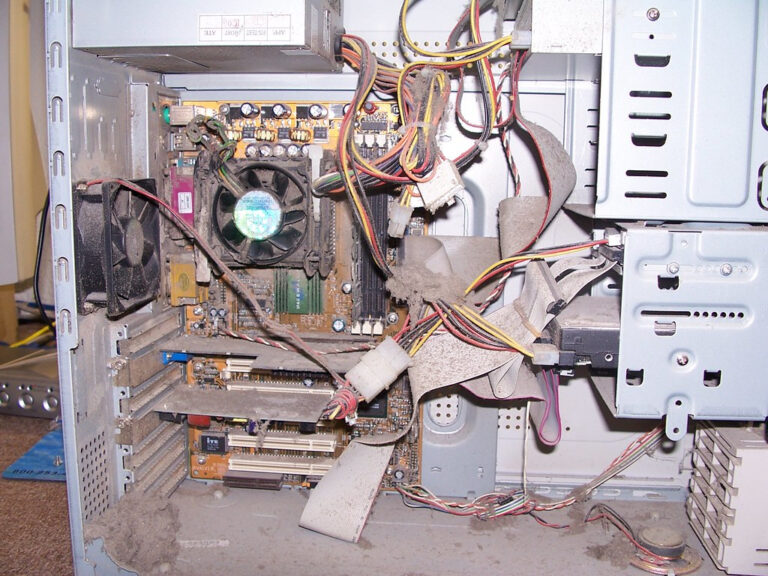If you’ve always wanted to get your hands dirty (literally!) and bring beautiful, creative pieces to life, air dry clay is the perfect place to start. This versatile, easy-to-work material opens up a world of possibilities for anyone who loves DIY projects.
Contrary to what many think, you don’t need a sophisticated studio or professional tools to begin. With just a few simple materials and a lot of imagination, you can turn your dining table into your first art studio.
So, grab your apron, set aside a special corner, and discover how to become a true air dry clay artist. Ready to start this creative adventure together?
What is Air Dry Clay?
Air dry clay, also known as biscuit clay, is a type of modeling material made from cornstarch and white glue. Unlike traditional clay, it doesn’t require a kiln or high temperatures to harden. Just let it air-dry, and it’s ready!
This material is perfect for beginners in the world of crafts because it’s easy to handle, doesn’t require expensive equipment, and allows you to create anything from small ornaments to more elaborate decorative pieces. Plus, air dry clay is lightweight, durable, and can be painted in many ways, making it ideal for creative DIY projects.
Materials Needed
Before you start, you’ll need to put together a basic kit with the essential materials. Here’s a checklist to guide you:
- Air dry clay: you can buy it ready-made or make it at home with simple recipes.
- White PVA glue: helps bond pieces together and adds strength.
- Acrylic paints: to color your creations once they’re dry.
- Variety of brushes: from fine-tipped for details to medium-sized for larger areas.
- Modeling tools and sticks: perfect for details, but toothpicks or skewers also work.
- Rolling pin: can be substituted with a smooth glass cup.
- Non-stick surface: a silicone mat or glass board works great.
Pro tip: if you’re part of the hardcore creative team, you can add glitter, beads, or even buttons to give your pieces a unique touch.
Preparing Your Workspace
Transforming a corner of your home into a mini studio is easier than it seems. Ideally, choose a table with good natural lighting and cover it with a thick plastic sheet or a silicone mat to protect the surface.
Keep all materials organized in jars or clear boxes. This not only makes your space look better but also saves you time searching for tools during the process.
And don’t forget to keep a damp cloth nearby to clean your hands or remove small bits of dirt from the clay as you work.
Step-by-Step to Model Pieces
Now comes the fun part! Here’s a step-by-step guide to creating your first air dry clay piece:
- Knead the clay: take the amount you need and knead it well until it’s soft and crack-free.
- Shape the base: choose the initial shape of your piece, like a ball, a roll, or a flattened leaf.
- Add details: use tools (or sticks) to mark textures, make holes, or add small parts.
- Assemble the parts: if your piece has multiple components (like a flower with petals), attach them using a bit of white glue.
- Let it dry: place the piece in a dry, well-ventilated area, away from direct sunlight, and wait at least 24 hours.
Fun tip: while waiting for it to dry, start imagining the colors and finishes you’ll use to bring your creation to life.
Customization Tips
Once the piece is dry, it’s time to unleash your creativity with painting and decoration. Here are some ideas:
- Use vibrant acrylic paints for fun and cheerful pieces.
- For a more sophisticated effect, try patina or gradient techniques.
- Apply a coat of glossy or matte varnish to protect and give a professional finish.
- Add small accessories like ribbons, stones, or glitter for a special touch.
Don’t be afraid to experiment! Remember: the charm of handmade pieces lies in their imperfections, which make them unique.
Common Mistakes and How to Avoid Them
Every beginner makes a few mistakes, but here are the most common ones so you can start off prepared:
- Cracking clay: happens when the clay is too dry. Solution? Knead it more and add a drop of baby oil.
- Pieces coming apart: use plenty of white glue at joints and press firmly.
- Blotchy paint: wait until the piece is completely dry before painting. If possible, apply a white base coat before adding final colors.
With these tips, your projects will become increasingly beautiful and durable.
How to Care for Your Creations
Once finished, your pieces deserve proper care to last a long time:
- Store them in dry places, away from direct sunlight.
- Avoid water contact, as air dry clay is not waterproof.
- If you plan to sell your pieces, wrap them well to protect against impact and moisture.
And if you decide to turn your hobby into a business, it’s worth investing in a waterproof varnish to increase the durability of your creations.
Conclusion
Starting in the world of air dry clay is a journey full of colors, shapes, and discoveries. Each piece you create carries a bit of your personality and creativity, becoming not just an object but a true work of art.
Whether to relax, decorate your home, or even earn extra income, this hobby can turn into something much bigger than you imagine.
Now that you know all the steps, tips, and secrets, why not gather your materials and bring your first creation to life? Your next masterpiece is just one knead away!
Frequently Asked Questions (FAQ)
1. Can I make air dry clay crafts with kids?
Yes! Air dry clay is safe, but always under adult supervision to avoid accidental ingestion or small accidents with tools.
2. What’s the ideal drying time for the pieces?
It depends on the size and thickness, but on average 24 to 48 hours in a dry, ventilated area.
3. Can I color the clay before modeling?
Yes! Just mix food coloring or oil paint into the clay before you start shaping.
4. How can I prevent the clay from sticking to my hands?
Apply a little oil-free moisturizer to your hands or wear thin gloves to make handling easier.
5. Do I need an oven to harden the pieces?
No. Air dry clay hardens naturally, so no special equipment is needed.



